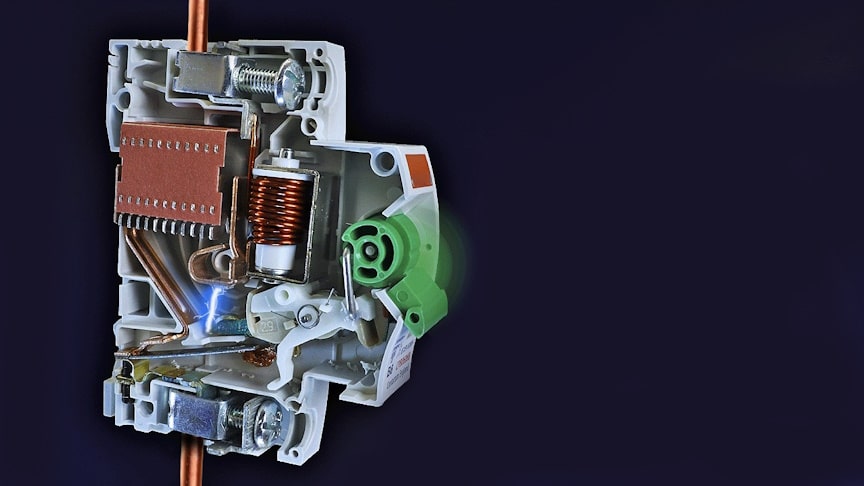A circuit breaker is the most important component of an electrical circuit. It is a device that is designed to monitor and cut off power flow to a circuit when it becomes overloaded. A circuit breaker works by interrupting the electric current when it exceeds its design limitations, therefore preventing the supply of energy to the loads, and damage to the circuit.
source.image: The Engineering Minds
Every circuit has a breaker for safety measures. The main purpose of a breaker is to prevent any accident from using fault and overload. How do miniature circuit breaks (MCB) work and why do they protect cables not people. What makes the trip, what happens inside, where are they used and how do we read the charts. Watch the video from The Engineering Minds:
The circuit breaker must first detect a fault condition. In small mains and low voltage circuit breakers, this is usually done within the device itself. Typically, the heating or magnetic effects of electric current are employed. Once a fault is detected, the circuit breaker contacts must open to interrupt the circuit; this is commonly done using mechanically stored energy contained within the breaker, such as a spring or compressed air to separate the contacts.
Advertisement
Circuit breakers may also use the higher current caused by the fault to separate the contacts, such as thermal expansion or a magnetic field. Small circuit breakers typically have a manual control lever to switch off the load or reset a tripped breaker, while larger units use solenoids to trip the mechanism, and electric motors to restore energy to the springs.











